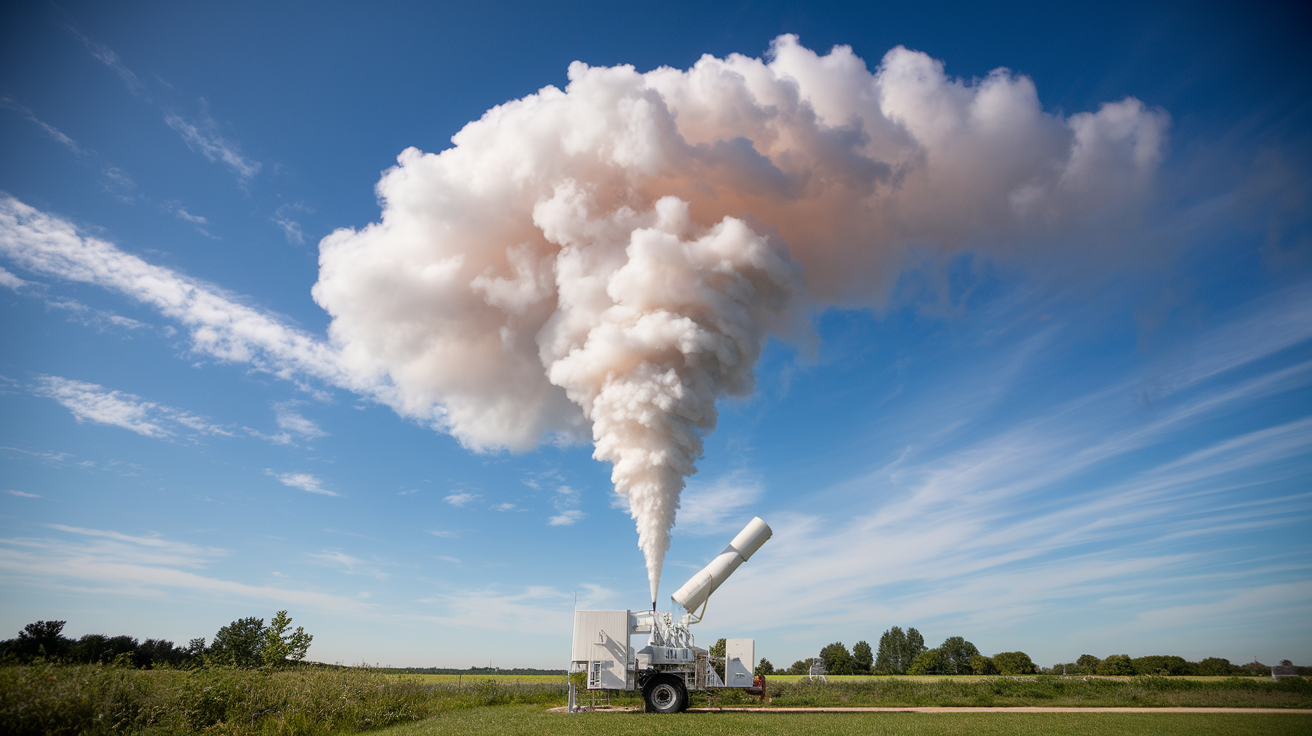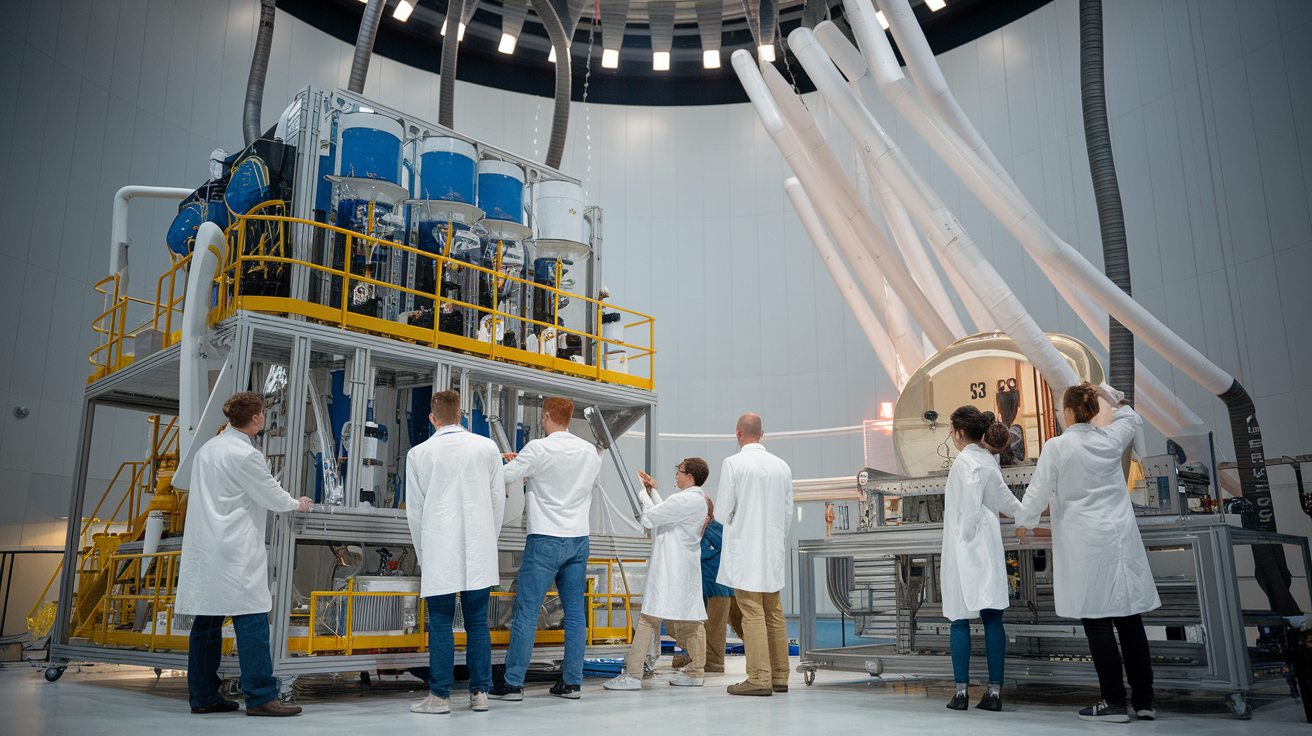Benefit 1
Global Cooling Potential: It can reduce solar radiation reaching the Earth's surface, which could lower global temperatures relatively quickly and help curb the effects of climate change.

Benefit 2
Slows Ice Melt and Sea-Level Rise: By cooling the planet, it could slow down the melting of glaciers and polar ice caps, potentially reducing the rate of sea-level rise and its impacts on coastal communities.

Benefit 3
Buys Time for Emissions Reductions: It could provide a temporary buffer, slowing warming to allow more time for transitioning to sustainable energy sources and reducing greenhouse gas emissions.



